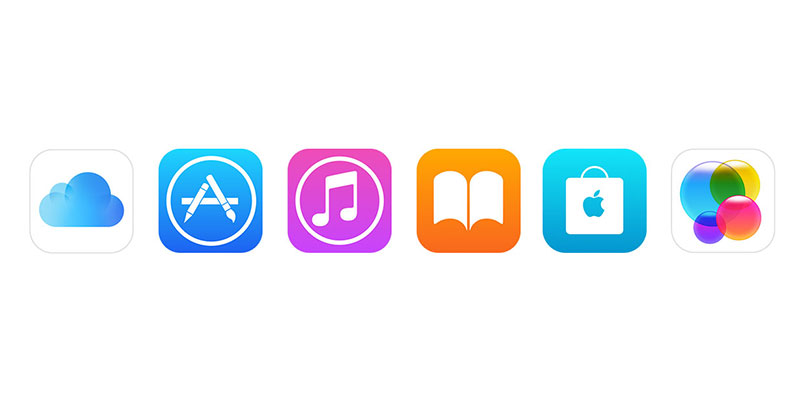Apple now makes more revenue from its services than selling its Macs, Watches, TVs and accessories combined.
Apple’s effort to be more than a devices company is gaining momentum.
The company said that last year, it pulled in $19.9 billion revenue from the iTunes Store, App Store, iBooks Store, Apple Music, AppleCare, Apple Pay and licencing.
While iPhones still represent the major bulk of their sales, CEO Tim Cook is doing his very best to diversify into higher-margin software products for their Apple users, as growth in smartphones/personal computers is slowing down.
Apple’s greatest innovation is its ecosystem. – THE VERGE
Apple has nailed their product ecosystem – a system which prospects can enrol onto and then pass through four stages that are strategically developed to retain them as a client.
The four stages are:
1. Gifts – this is a product/service which must be given freely. It must be perceived as valuable to the prospect. You must not ask for anything in return, and it should not send your business broke.
Apple provides many gifts to the market such as the iTunes app (if used to play your own music), iBooks and its access to free books, and how-to master classes they run all around the world to teach potential clients on how their products can make a difference.
2. Products for Prospects – this is a low priced product which focuses on sharing your ideas and philosophies to the potential client. The product must be exchanged for accurate contact information and relevant things you need to know to determine whether you would take on this client. This product should lead people closer to the decision to buy your main core product.
Apple puts on events such as the Apple Music Festival, which thousands of people attend to watch and listen to major artists whom Apple have hand-selected from their Apple Music app database.
3. Core Products – these must be a full and remarkable solution to a real problem your potential clients face.
The job of the core product is to make you profit. You can break even or even lose small money on gifts and products for prospects, but you must NEVER make a loss on your core product.
Apple has a range of core products, but the two most popular ones are the iPhone and Mac range. When it comes to the core product, it’s worthwhile to offer your client three options to choose from, in other words, a Bronze, Silver and Gold option. For example, Apple always has three versions of their Mac available (Macbook, Macbook Air and Macbook Pro) so they can cater to different uses by different clients.
4. Product for Clients – these are products which can be purchased only by a client who has purchased one of your core products. A well-selected second product should double the profit in your business; it has to be totally different from your core product. For example, after a fitness trainer helps their client lose weight, the client logically wants to buy new clothes, so the fitness trainer could add an image consulting service to their business.
For Apple, this means once a client purchases an iPhone, for example, they have the ability to sell them a huge range of useful services such as iCloud storage, over 2 million apps on their App store, an Apple Music subscription, and AppleCare to protect their devices.
If you want to learn more on how to develop your product ecosystem, consider coming along to our next workshop with Daniel Priestley. He’ll be talking you through how to build your product ecosystem and why it’s crucial to the sales process of your business, how you can use your ecosystem to become oversubscribed, and how you can turn your products and services into digital assets that can be scaled across the globe. Click here to learn more.












